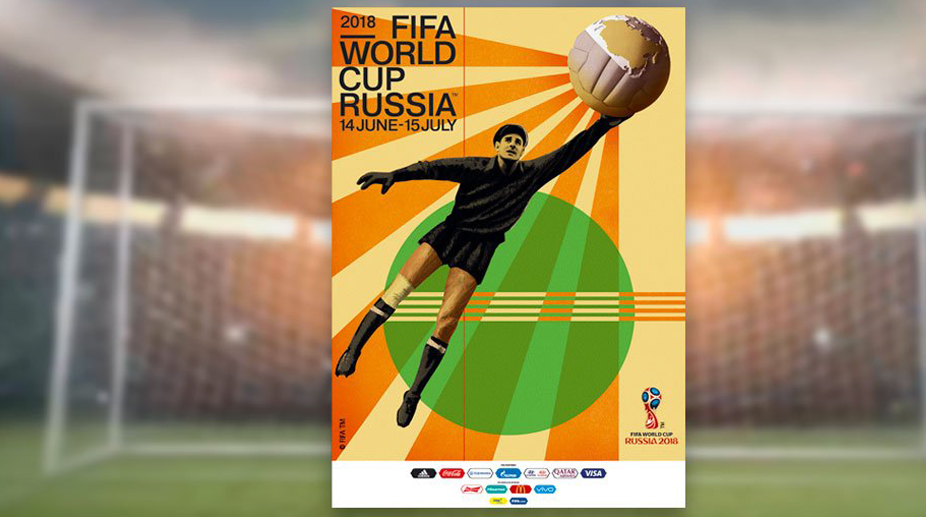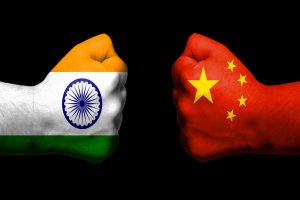The famed Moscow Metro on Tuesday saw the unveiling of the 2018 FIFA World Cup’s official poster, with legendary Soviet goalkeeper Lev Yashin featuring centrally in it.
For the 2018 issue of the Official Poster, renowned Russian artist Igor Gurovich chose Yashin as a central figure of his work, FIFA said in its website.
“The Official Poster of the 2018 FIFA World Cup is a true reflection of Russia’s artistic and football heritage,” commented FIFA Secretary General Fatma Samoura.
“”We are very proud of this beautiful landmark asset that portrays such an important icon and celebrates the coming tournament on Russian soil.”
The Chairman of the Russia 2018 Local Organising Committee Vitaly Mutko said: “It was very important for us to portray Russia as the Host Country in the Official Poster.
“That’s why we chose Lev Yashin, a symbol of Russian football, as the main figure. I’m sure that the poster will become one of the most memorable symbols of the 2018 FIFA World Cup Russia and that fans and participants alike will approve of it.”
Yashin played in four FIFA World Cups — 1958, 1962, 1966 and 1970 — and remains the only goalkeeper in the history of football to win the Ballon d’Or.
In the poster, he is dressed in his traditional outfit of black shirt and shorts, knee brace and his famous cap.
He is shown reaching for the ball, one half of which is a typical football from Yashin’s era, with the other depicting the vast landmass of Russia as seen from space, reflecting a key inspiration of the 2018 FIFA World Cup brand, that of Russia’s achievements in space exploration.
Artistically, Gurovich was inspired by the Russian movement of Constructivism from the late 1920s, in particular the posters designed by Dziga Vertov and the Stenberg brothers.
The rays of light emanating from the ball, a common feature of Constructivist work, symbolises the tournament’s energy, while the circle of green represents the pitches of 12 stadiums in 11 host cities that will stage the 64 matches of the 2018 FIFA World Cup.












